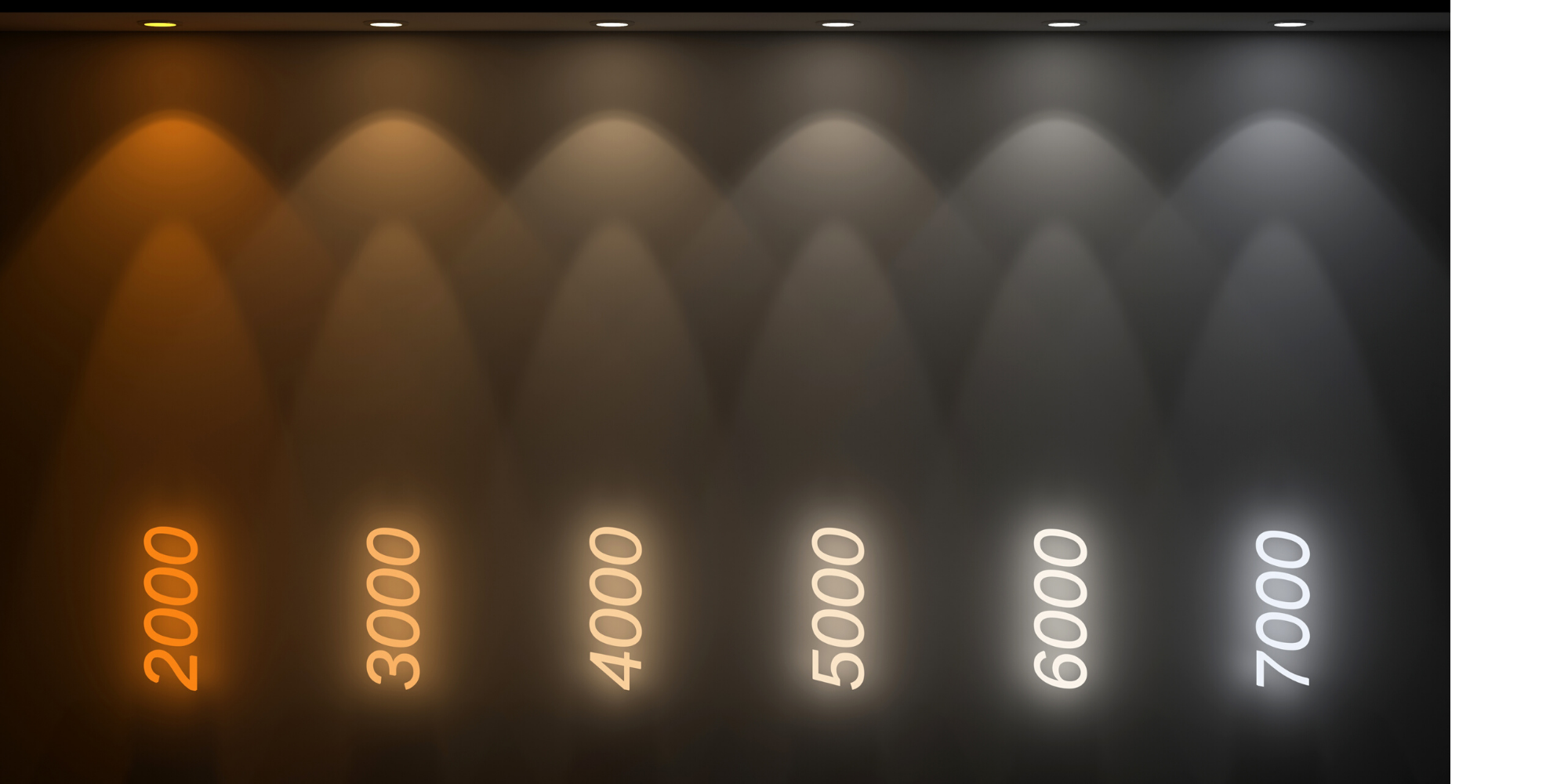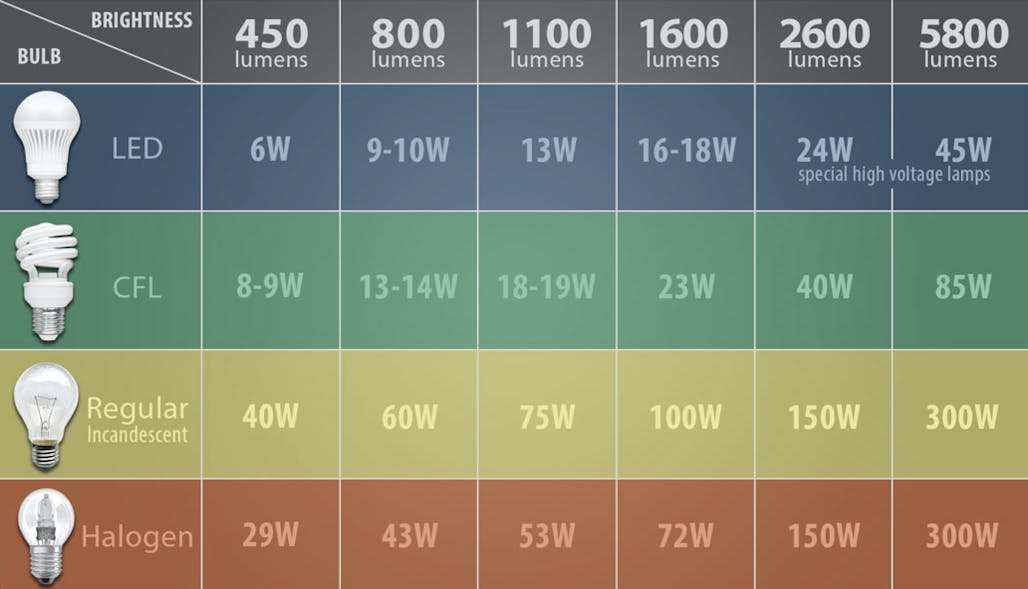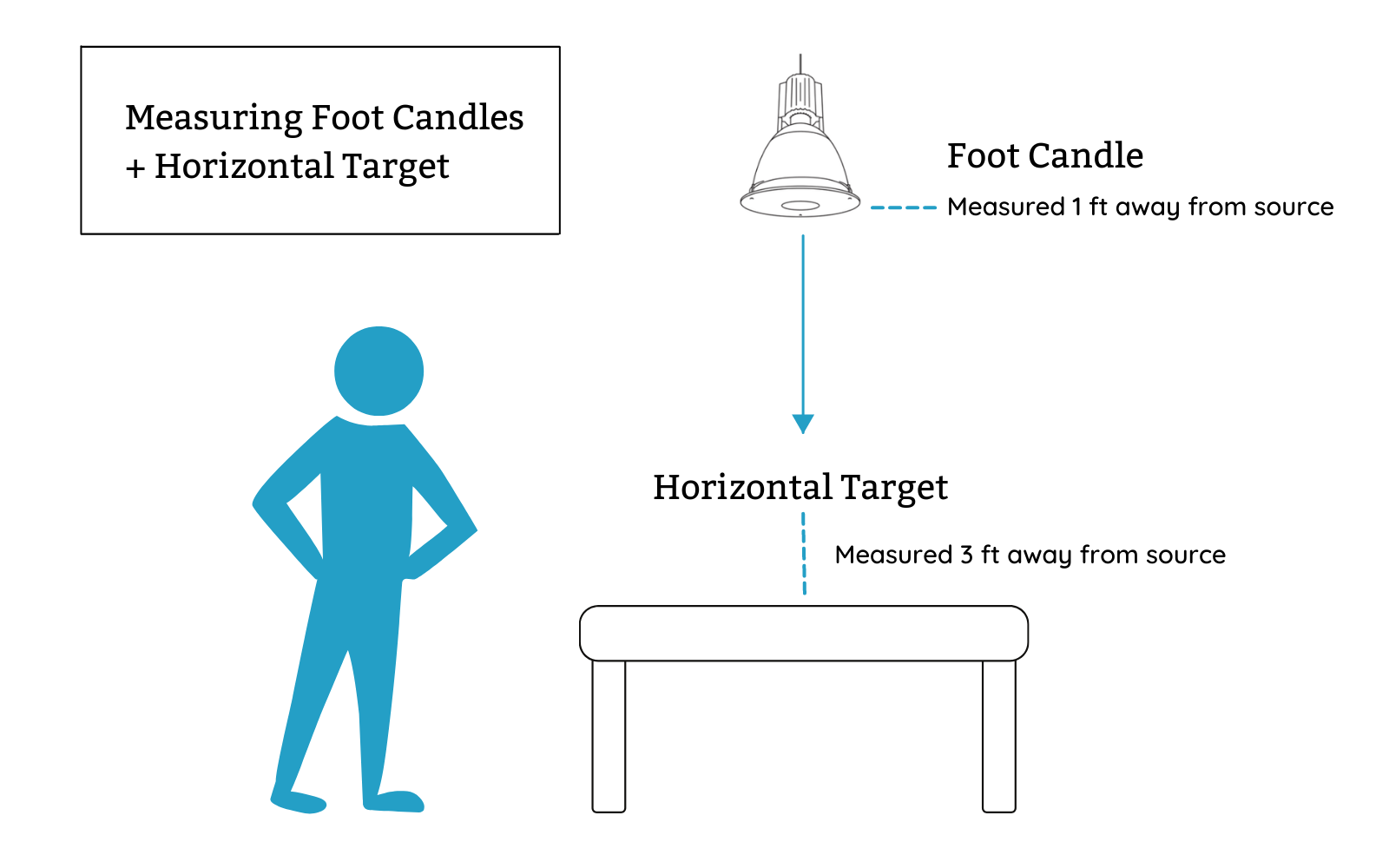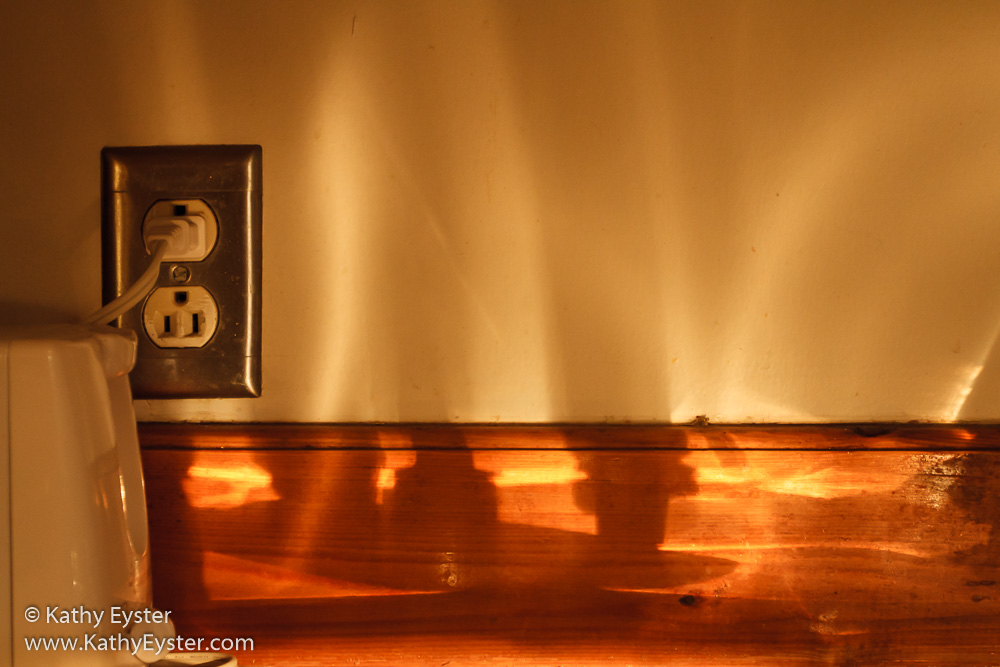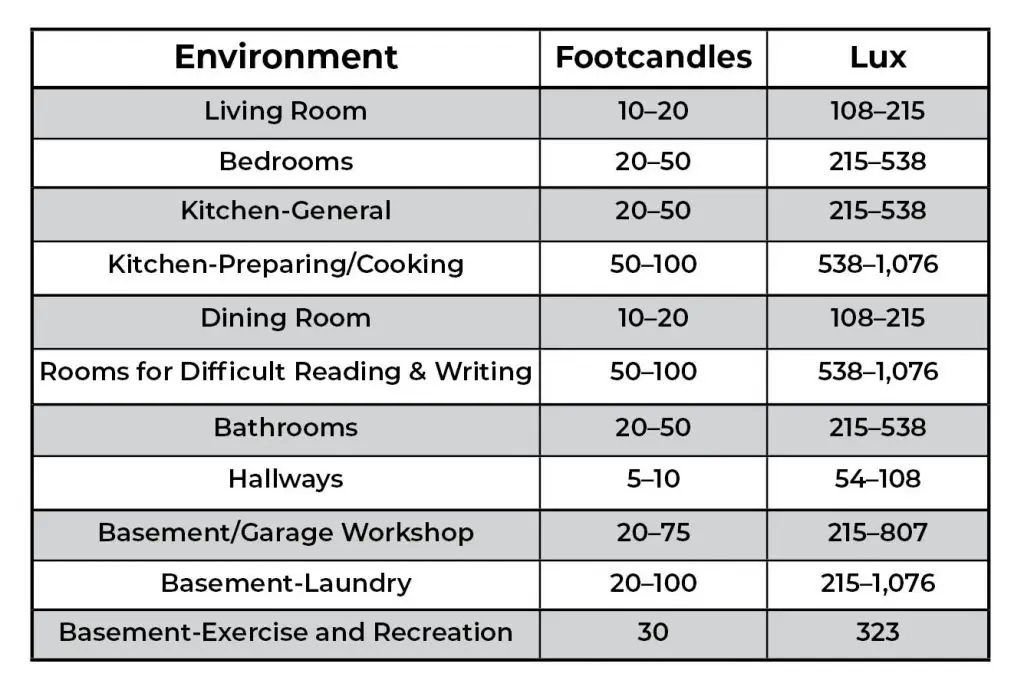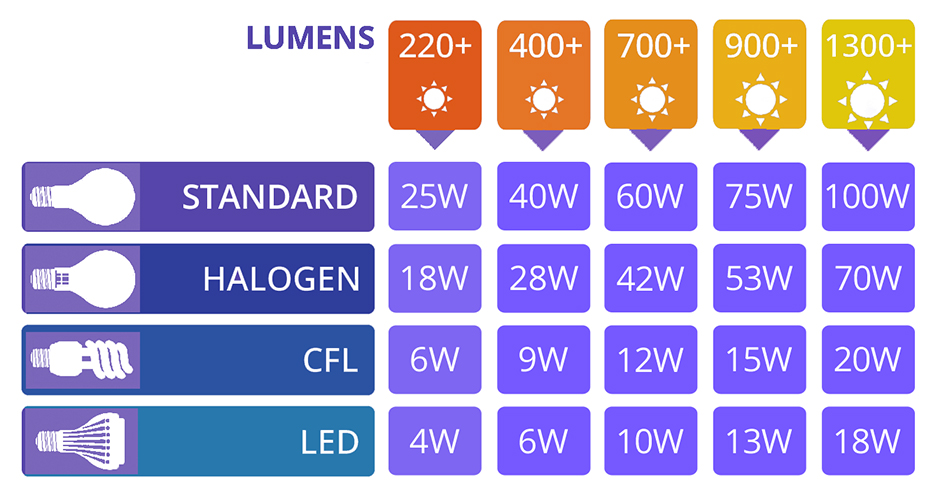If you're in the market for new kitchen lighting, you may have come across the term "lumens." But what exactly are lumens? In simple terms, lumens are a unit of measurement for the brightness of a light source. The higher the number of lumens, the brighter the light will be. This is an important factor to consider when choosing lighting for your kitchen, as the right amount of lumens can make all the difference in creating a well-lit and functional space.What Are Lumens?
The number of lumens you need for your kitchen will depend on the size and layout of your space, as well as your personal preferences. However, as a general rule of thumb, it's recommended to have around 50-100 lumens per square foot in a kitchen. This means that a 100 square foot kitchen would require 5,000-10,000 lumens of light.How Many Lumens Do I Need for My Kitchen?
Calculating the lumens for your kitchen can be done in a few simple steps: 1. Measure the length and width of your kitchen in feet. 2. Multiply the length and width together to get the square footage. 3. Multiply the square footage by the recommended lumens per square foot (50-100 lumens). 4. Choose light fixtures with a total lumen output that matches the calculated number.How to Calculate Lumens for Kitchen Lighting
The best lumens for kitchen lighting will depend on the specific needs of your space, but generally, a combination of different fixtures and bulbs can provide the right amount of light. For overhead lighting, recessed lights with a lumen output of 800-1200 can provide general ambient lighting. Under cabinet lighting with a lumen output of 200-400 can provide task lighting for food prep and cooking. And for accent and decorative lighting, smaller fixtures with a lumen output of 100-200 can add a warm and inviting touch to the kitchen.Best Lumens for Kitchen Lighting
Based on the recommended lumens per square foot, here are some top kitchen light lumens recommendations for different kitchen sizes: - Small kitchen (100 square feet): 5,000-10,000 lumens - Medium kitchen (200 square feet): 10,000-20,000 lumens - Large kitchen (300 square feet): 15,000-30,000 lumens - Open concept kitchen (400+ square feet): 20,000+ lumensTop Kitchen Light Lumens Recommendations
When choosing the right lumens for your kitchen, it's important to consider the following factors: - The size and layout of your kitchen - The function of the space (cooking, dining, entertaining, etc.) - Your personal preferences for brightness and ambiance - The type of light fixtures and bulbs you'll be using By taking these factors into account, you can determine the ideal lumen output for your kitchen and create a well-lit and inviting space.Choosing the Right Lumens for Your Kitchen
Not all light bulbs produce the same amount of lumens, so it's important to understand the lumen output of different bulbs when choosing the right ones for your kitchen. For example, a 60-watt incandescent bulb typically produces around 800 lumens, while an LED bulb of the same wattage can produce up to 1600 lumens. This means you can achieve the same level of brightness with fewer LED bulbs, making them a more energy-efficient option.Understanding Lumens for Kitchen Light Bulbs
When it comes to kitchen lighting, there are various types of fixtures and bulbs to choose from. Here's a comparison of the lumen output for some common kitchen lighting options: - Fluorescent tubes: 2,500-10,000 lumens - Halogen bulbs: 350-650 lumens - Incandescent bulbs: 450-800 lumens - LED bulbs: 800-1600 lumens When choosing between these options, consider the brightness and energy efficiency of each, as well as the type of lighting they provide (e.g. warm or cool tones).Comparing Lumens for Different Types of Kitchen Lighting
If you find that your kitchen is lacking in brightness, there are a few ways to increase the lumens and improve the lighting in your space: - Add more light fixtures or bulbs with a higher lumen output. - Use reflective surfaces, such as mirrors or metallic accents, to bounce light around the room. - Clean your light fixtures and bulbs regularly to ensure maximum brightness. - Consider painting the walls and cabinets in a lighter color to reflect more light.How to Increase Lumens in Your Kitchen Lighting
When it comes to selecting the right lumens for your kitchen lighting, there are some common mistakes to avoid: - Not taking the size and layout of your kitchen into account. - Relying solely on overhead lighting and neglecting task and accent lighting. - Choosing bulbs with a low lumen output, resulting in a dim and poorly lit space. - Not considering the type of lighting (e.g. warm or cool tones) and how it will affect the ambiance of the kitchen. In conclusion, choosing the right lumens for your kitchen lighting is essential for creating a functional and inviting space. By understanding the different factors that go into determining the ideal lumen output, you can make informed decisions and create a well-lit kitchen that meets your needs and preferences.Common Mistakes When Choosing Lumens for Kitchen Lights
Lumens for Kitchen Light: Finding the Right Brightness for Your Kitchen Design

The Importance of Proper Lighting in Kitchen Design
 When it comes to designing a kitchen, lighting is often overlooked but plays a crucial role in creating a functional and inviting space. Not only does it provide illumination for tasks such as cooking and cleaning, but it also sets the overall ambiance and mood of the room. One key factor to consider when choosing the right lighting for your kitchen is the
lumens
, or brightness, of your lights.
When it comes to designing a kitchen, lighting is often overlooked but plays a crucial role in creating a functional and inviting space. Not only does it provide illumination for tasks such as cooking and cleaning, but it also sets the overall ambiance and mood of the room. One key factor to consider when choosing the right lighting for your kitchen is the
lumens
, or brightness, of your lights.
Understanding Lumens and How It Affects Your Kitchen Lighting
 Lumens are the measurement of the total amount of visible light emitted by a source. In simpler terms, it is the brightness of a light bulb. The higher the lumens, the brighter the light will be. When it comes to kitchen lighting, it is essential to strike a balance between functionality and comfort. Too bright of a light can be harsh on the eyes, while too dim of a light can make tasks difficult to see and strain your eyes.
Choosing the Right Lumens for Your Kitchen
The recommended
lumens
for kitchen lighting will vary depending on the size, layout, and purpose of your kitchen. For general overhead lighting, a range of 4,000 to 8,000 lumens is recommended for a standard-sized kitchen. This can be achieved with a combination of ceiling lights, track lighting, and pendant lights. For task lighting, such as above the stove or sink, a range of 1,500 to 3,000 lumens is ideal for providing sufficient brightness for cooking and cleaning tasks.
Lumens are the measurement of the total amount of visible light emitted by a source. In simpler terms, it is the brightness of a light bulb. The higher the lumens, the brighter the light will be. When it comes to kitchen lighting, it is essential to strike a balance between functionality and comfort. Too bright of a light can be harsh on the eyes, while too dim of a light can make tasks difficult to see and strain your eyes.
Choosing the Right Lumens for Your Kitchen
The recommended
lumens
for kitchen lighting will vary depending on the size, layout, and purpose of your kitchen. For general overhead lighting, a range of 4,000 to 8,000 lumens is recommended for a standard-sized kitchen. This can be achieved with a combination of ceiling lights, track lighting, and pendant lights. For task lighting, such as above the stove or sink, a range of 1,500 to 3,000 lumens is ideal for providing sufficient brightness for cooking and cleaning tasks.
Maximizing Lumens with Proper Placement and Bulb Type
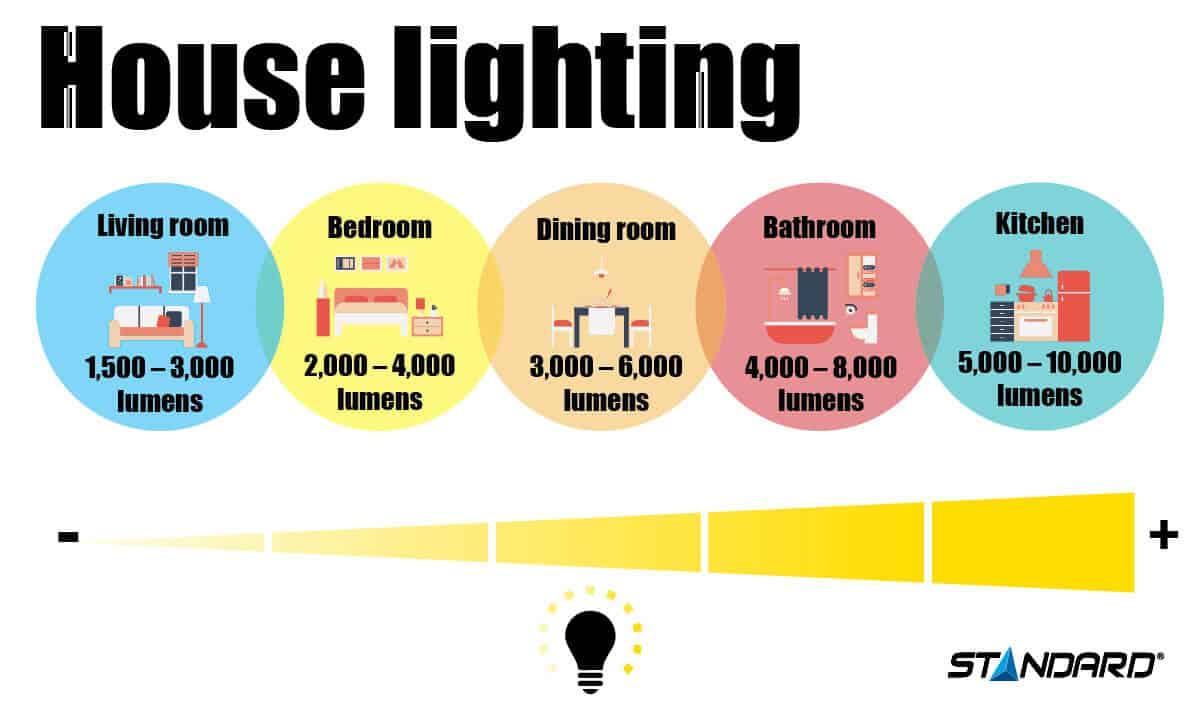 Aside from choosing the right
lumens
, the placement and type of bulbs you use also play a significant role in maximizing the brightness in your kitchen. Placing lights strategically in areas where tasks are performed, such as above the stove and sink, can help increase the effectiveness of the lumens. Additionally, using LED bulbs can provide more lumens while using less energy, making them an eco-friendly and cost-effective option for kitchen lighting.
In conclusion, when designing your kitchen, do not overlook the importance of proper lighting and the impact it can have on the overall look and feel of the space. Consider the
lumens
of your lights and how it can affect the functionality and ambiance of your kitchen. With the right balance of lumens, placement, and bulb type, you can create a well-lit and inviting kitchen that is both functional and aesthetically pleasing.
Aside from choosing the right
lumens
, the placement and type of bulbs you use also play a significant role in maximizing the brightness in your kitchen. Placing lights strategically in areas where tasks are performed, such as above the stove and sink, can help increase the effectiveness of the lumens. Additionally, using LED bulbs can provide more lumens while using less energy, making them an eco-friendly and cost-effective option for kitchen lighting.
In conclusion, when designing your kitchen, do not overlook the importance of proper lighting and the impact it can have on the overall look and feel of the space. Consider the
lumens
of your lights and how it can affect the functionality and ambiance of your kitchen. With the right balance of lumens, placement, and bulb type, you can create a well-lit and inviting kitchen that is both functional and aesthetically pleasing.



